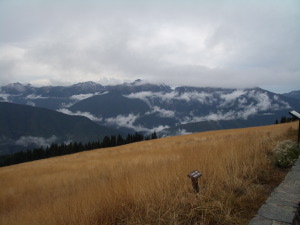We just checked out our own home smoked Berkshire pig ham, and we were impressed. This is the second time we have bought a half a Berkshire pig from Nash Huber. The first time, we loved everything except for the ham. Unsmoked ham can be very dry, and roasting and braising just don't help very much. We managed to gret some of the ham down with sweet potatoes, Hawaiian style, but it was just not very good.
This year, we decided to brine and smoke our own ham, so we broke out our Alan Wong Hawaiian cookbook, from our luau, and found a recipe for pipikailua beef. We boiled up six quarts of water, 12 ounces of Kosher salt, three bay leaves, four tablespoons of light brown sugar, a tablespoon of black peppercorns, and a teaspooon of whole cloves. We let this cool, then chill in the refrigerator, then we dumped in the ham for 36 hours. We had a nice three inch thick slab of meat, so we figured that 24 hours might not be enough.
Then we fired up the classic Weber kettle grill with our Hasty-Bake hardwood charcoal and some of the old apple wood from a stump we had on our property. In went the ham, down came the lid. We poked at the coals every half hour or so, now and then adding a few more chunks of charcoal, but otherwise we just let the ham smoke. Sometimes the fire was a bit high. Sometimes it was a bit cool. With the lid down it averaged out just fine.
After three hours of smoking, we took out our ham. It had shrunk a bit, and it was brown and juicy looking. We cut off a bit. It was delicious. We let it sit on a plate in the refrigerator overnight to settle. This morning, it looked great and it was delicious. No, it didn't turn as pink as commercial cured hams. We didn't want to bother with curing salts. We just wanted to find a way to cook up our ham so we'd eat it, not preserve it for the winter. On the other hand, the wooly texture we associated with ham from the year before was gone. The meat was denser and moister. The flavor was rich and intense, without being too sweet or salty.
If you search the web for a ham recipe, you tend to get rather terse instructions, and they all call for curing salts. Think of this as a simple recipe for brined and smoked ham. With a little planning, you can make one yourself.



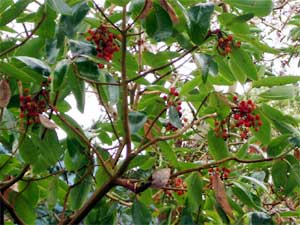
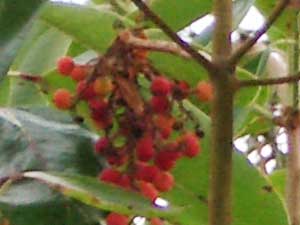
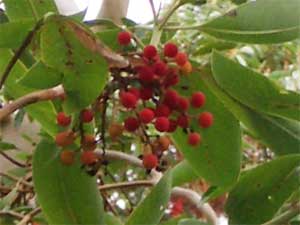


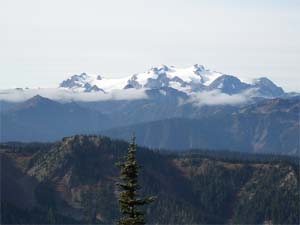
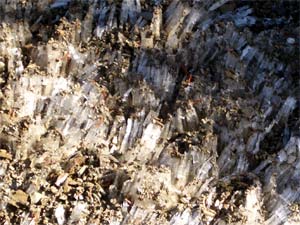

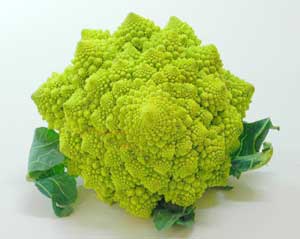
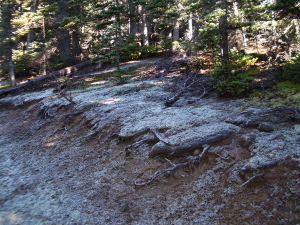


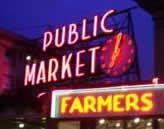
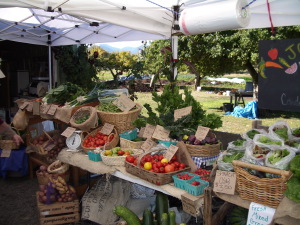
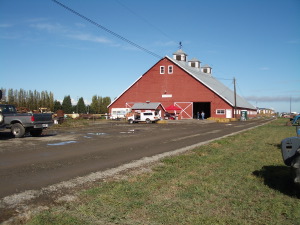
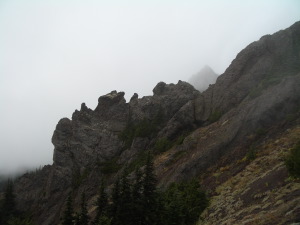
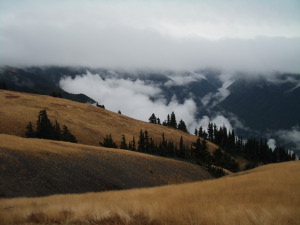 -
- 